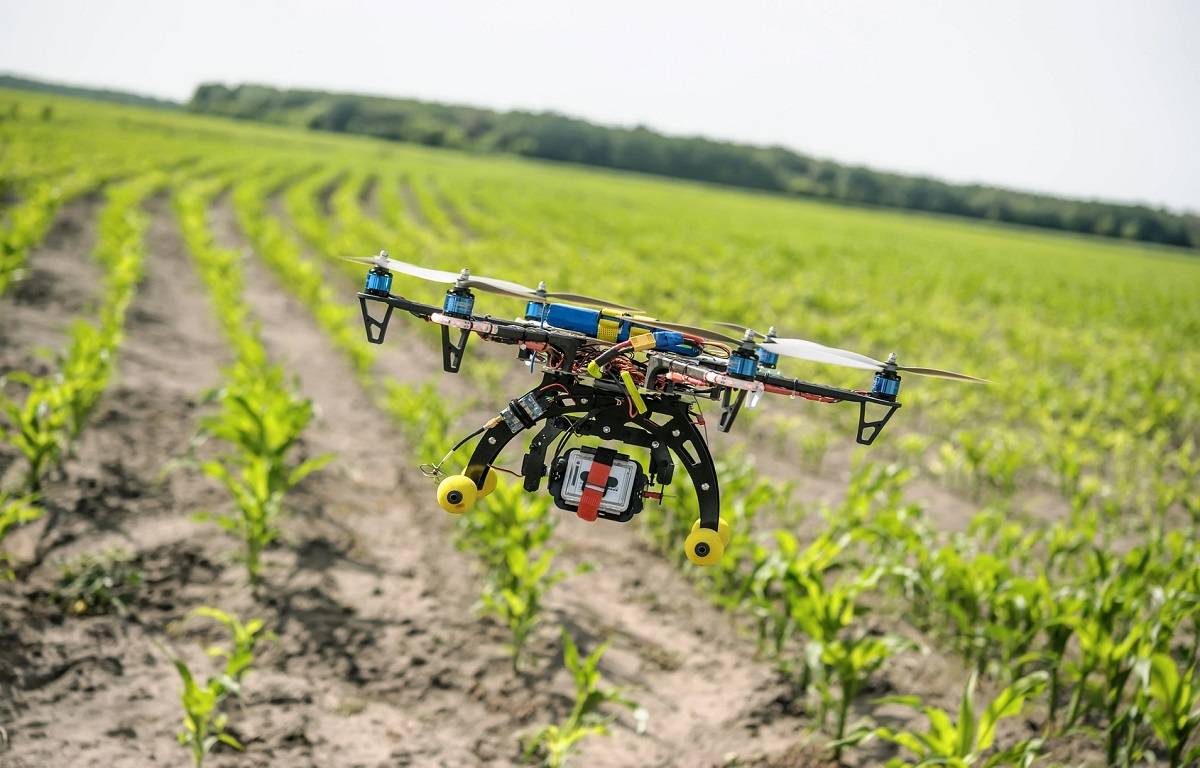
Transformational technology solutions are emerging in the agricultural sector, resulting in the formation of approximately 1,300 start-ups targeted at tackling the agri-tech space's untapped potential.
Up to 2021, India received about $1.6 billion in agri-tech investments, ranking third globally.
Drone use in agriculture has increased substantially, with various unique uses including aerial planting, pesticide spraying, and remote data collecting for study. The future possibilities are endless, with drones perhaps replacing tractors one day!
India's Drone Regulations – laws that allow civilian use of the technology — were just published in August 2021 and generally classify unmanned aircraft systems (UAS) into two categories. Despite the fact that autonomous UAS are recognized as a distinct category, the Drone Regulations do not include any standards or guidance for such aircraft systems.
This technology is rapidly being used in India's agri-tech industry. The Haryana government used pesticide-spraying drones to combat locust invasions on crops in 2020. The Ministry of Agriculture and Farmers Welfare obtained permission from the Ministry of Civil Aviation (MoCA) for this.
Aerial seeding, chemical, and pesticide spraying (which not only avoids human contact but also identifies optimum locations for application, enabling a greater degree of precision), aerial imagery, and data collection on topics such as crop health assessment, water resource monitoring, soil analysis, damage analysis, and livestock tracking, to name a few.
What are the Regulations for Drone Technology in India?
Drone technology is a fast-evolving field, and the regulatory framework, predictably, is still evolving and taking shape.
The registration criteria are somewhat stringent. Unless explicitly exempted, each drone must be registered on a Digital Sky Platform with a unique identification number (DSP). Every future transfer of drone ownership, as well as changes to the flight control module or remote pilot station, must be updated on the DSP.
Moreover, drone operators (save for small to medium-sized drones up to 2kg for non-commercial usage) must have a valid remote pilot certificate that is non-transferable (even to employees of the same company with which such pilot is employed).
As aerial vehicles are outfitted with advanced sensors and cameras, privacy is a big worry that hovers over the sector's destiny.
The Drone Rules currently do not effectively address privacy problems, despite the fact that the Unmanned Aircraft Systems Regulations 2021, which were in effect short (until superseded by the Drone Rules), set requirements on drone operators to address privacy concerns.
The government has prohibited the import of drones in totally built-up, semi-knocked-down, and completely knocked-down forms (with restricted exceptions for government usage, R&D, and military objectives). Nevertheless, no similar limitations apply to the importation of drone components.
Drone technology is being seen as a more environmentally friendly option to certain conventional agricultural supplies. Companies experimenting with drone technology may be able to attract investment from ESG-focused funds.
















